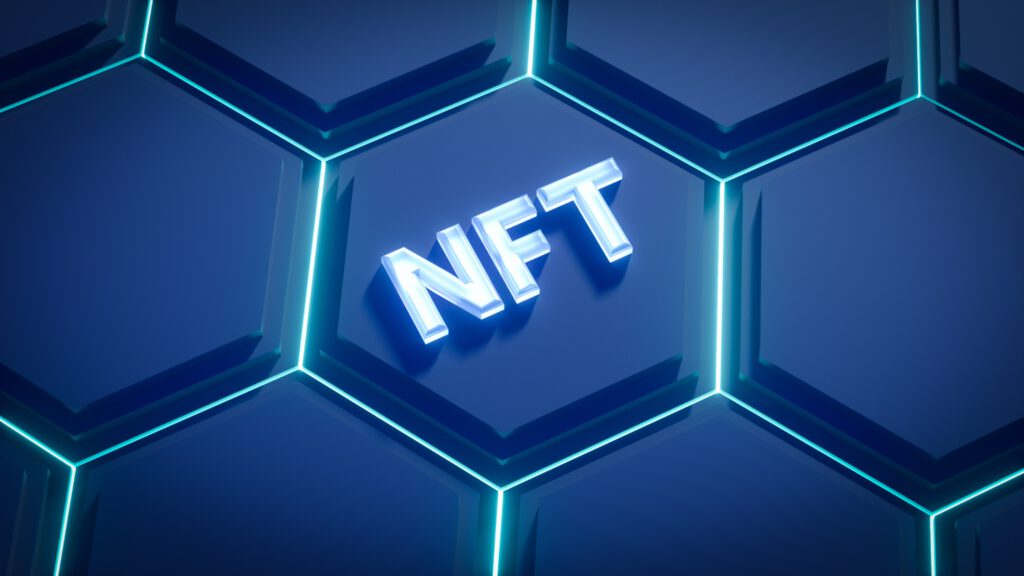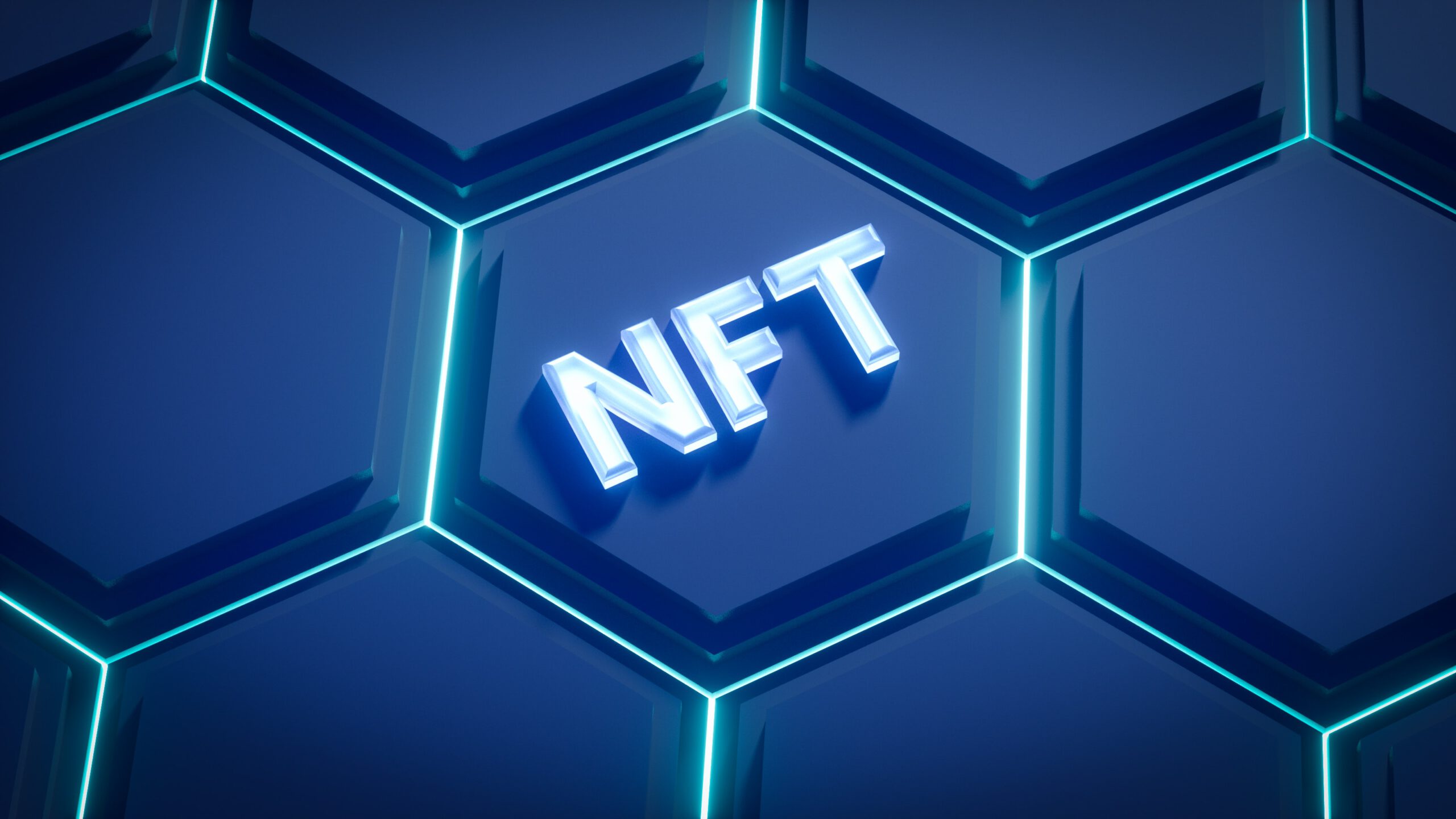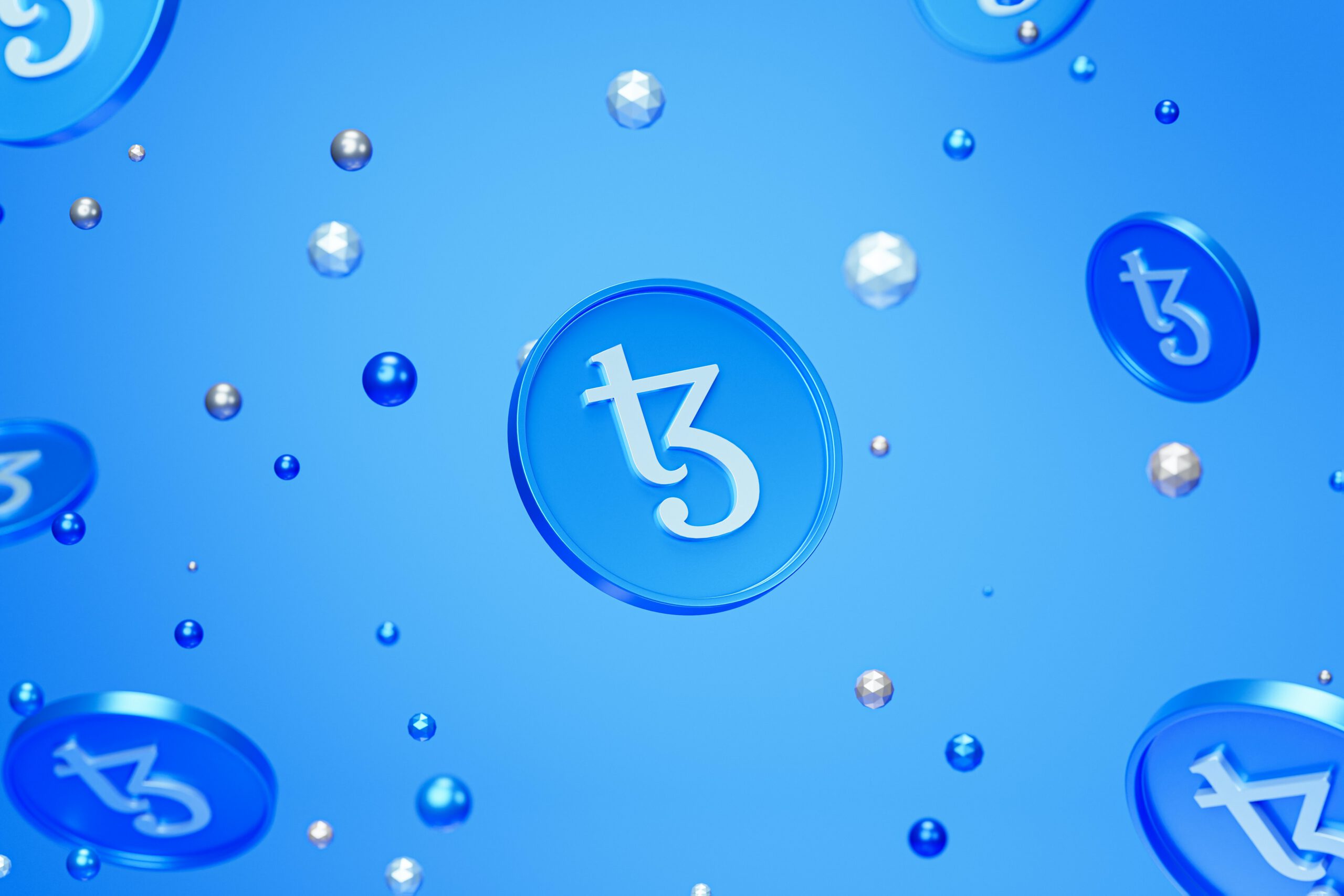The Technology
The Platform is built upon four essential elements that form its core foundation: blockchain technology, NFTs, smart contracts, and a native cryptocurrency. These components work synergistically to create a powerful and comprehensive ecosystem. The blockchain ensures transparency, security, and immutability of data, while NFTs enable unique digital representations of containers with embedded information and contracts. Smart contracts automate and streamline various processes, enhancing efficiency and reducing errors. Finally, the native cryptocurrency facilitates seamless interaction within the ecosystem. Together, these elements form the backbone of the Platform, enabling a transformative and future-ready solution for container owners.
The Ethereum Blockchain is the fundamental layer upon which the Platform is built on. Blockchain Technology ensures security and immutablilty of data.
The NFT acts as a digital hub on the platform, initiating and orchestrating all transactions, agreements, and automated processes.
Smart Contracts are the catalysts that empower the NFT to automate and streamline the myriad of standard, reoccuring tasks performed by containers during its lifecycle.
The CT Container Platform is the hub where everything comes together. NFT minting, interaction with smart contracts and charging the NFT with assets and Information.
The native Token serves as the lifeblood of our ecosystem, enabling the coordinated interaction between the Container NFT and the Smart Contracts.

The Blockchain
The Platform utilizes the Ethereum blockchain as its underlying technology. Ethereum is widely adopted and hosts numerous projects. In terms of smart contracts, Ethereum is the leading blockchain. We have identified and are in discussions with various projects that are building their technology on the Ethereum blockchain.
While some future technologies we intend to use are not yet available, we believe that the Ethereum ecosystem is the best choice for developing new technologies. Interoperability and adherence to standards are important considerations in any blockchain project, and Ethereum has excelled in these areas. ERC-20 token is the moste flexible standard, enabling compatibility and cross blockchain interoperability with other projects.
Tokenization of assets is a key component of our platform, and Ethereum provides the most robust infrastructure for asset tokenization and management. By leveraging Ethereum’s capabilities, we can create Container NFTs that act as digital twins, housing all relevant information and funds within the Container NFT itself.

Our NFT
NFTs possess unique characteristics that make them stand out in the digital realm. NFTs are distinct, verifiable, and not interchangeable. They are indivisible and cannot be substituted with other tokens. Moreover, NFTs are designed to represent real-world objects, by tagging the real world asset with an NFC Chip. This adds a significant layer of authenticity and value to digital items.
In the context of the container industry, NFT technology offers intriguing possibilities. Containers closely resemble the unique qualities of NFTs. This makes containers highly suitable for digital representation through the use of NFTs.
Our NFT technology goes beyond conventional applications by introducing various unique features. Our NFTs can hold an unlimited number of other NFTs within it. This allows for the representation of an entire fleet of containers through a single Master NFT holding various subordinate NFTs. Within the NFT, relevant contractual and operational information pertaining to the containers can be securely stored and used with smart contracts.
Also, the NFT can be charged with funds such as other Cryptocurrencies and Stablecoins giving the NFT the capacity to facilitate standard real world payments as well as Platform relevant micropayments in accordance to the contractual obigations. These payments can be scheduled and made automatically within predefined timeframes or can be triggered by certain incidents or through geofencing by a smart Contract. Through the utilization of this nested information, the NFT can seamlessly interact with smart contracts, enabling advanced functionality and streamlined processes. It is like every Container has its own bank account and can make transactions by itself.
The transformative potential of our NFT technology unlocks new avenues for digital representation of Containers and value creation.

Smart Contracts
Smart contracts revolutionize the execution of digital agreements by automating processes, eliminating intermediaries, and enforcing predefined rules with transparency, immutability, and cryptographic security.
Within our ecosystem, the Container NFT takes center stage, empowered by the functionality injected through smart contracts. Our vision encompasses a diverse range of smart contracts, each serving a unique purpose to enable the Container NFT to autonomously perform various tasks.
Our platform offers a selection of open-source smart contracts that integrate with Container NFTs. These contracts undergo audits and vetting procedures to ensure utmost reliability and security for all users. Container owners have the flexibility to choose the smart contracts that best suit their needs, effectively automating different aspects of container operations.
For those with specific requirements, we provide the option to create custom smart contracts or collaborate with CT Container in designing and developing tailored contracts. Every individually crafted smart contract is open source and undergoes a thorough audit, guaranteeing compliance and security.
This „Scalability of Utility“ system is designed to enhance the token’s utility and the Container NFT’s functionality with every new smart contract introduced to the Platform. Starting with a minimum viable utility (automated release against payment for Container Sales), we continuously expand the token’s capabilities as the platform grows. This concept ensures that both the token’s utility and the Container NFT’s functionalities increase in tandem, providing an ever-improving user experience.

Native Token
The core elements of the Platform are Container NFTs and their interactions with smart contracts. For this we have implemented a two-tiered payment structure to streamline transactions on our platform.
Upfront payments, such as creating the NFT and equipping the Container with an NFC Chip, as well as monthly smart contract provisioning fees, can be made in USD or the stable coin of your choice. However, when it comes to the actual interactions between the NFT and the attached smart contract, we utilize the CT Container native token as the platform’s fuel.
Each interaction between an NFT and a smart contract incurs a cost equivalent to USD 0.1 in native tokens. To facilitate these interactions, the NFT must be funded with a minimum amount of native tokens equivalent to USD 10 at the time of charging. This funding ensures that the NFT is prepared for 100 interactions with smart contracts.
For instance, if the token value at the time of charging is 1 Token = USD 0.01, the NFT will be funded with 1,000 Tokens, and each interaction with a smart contract will cost 10 Tokens. If the token’s value later increases to 1 Token = USD 0.05, the NFT will only require 200 Tokens for funding, and each interaction will cost 2 Tokens. Consequently, the cost per interaction remains consistent in USD terms, irrespective of token price fluctuations.
This approach is pivotal because the total circulating supply of tokens is fixed, and it may take years for tokens to return to the platform, depending on the amount of smart contract interactions. By funding tokens within NFTs, we eliminate potential impacts on the token price and discourage customers, from engaging in token speculation. Moreover, this ensures that customers who join the platform at a later stage are not put at a disadvantage, when many Container NFT’s have already been funded and hence the supply gets more scarce and demand increases as more and more containers are managed on our Platform.
Our objective is to establish a transparent and fair environment for users, where the cost of interactions remains predictable and unaffected by token price fluctuations.
As time progresses, tokens will gradually return to the custody of CT Containers. These returned tokens, 80% will be allocated to supply additional liquidity to Liquidity Pools and Centralized exchanges, while the remaining 20% will be allocated for platform funding, encompassing development and marketing initiatives.
For a comprehensive understanding of our tokenomics, we provide transparent details in the Tokenomics Section.

The Platform
The CT Container Platform recognizes the importance of a sustainable and fair platform economy, ensuring equal opportunities for all Container Owners, regardless of when they join. To achieve this, we have implemented an industry-first mechanism that promotes transparency, price stability, and the integration of our native token, which is crucial for powering platform interactions. The fundamental principles of our platform economy are as follows:
Container NFT Charging: Container owners are required to charge their NFTs with the equivalent value of USD 10 in the native token to engage with smart contracts. This ensures that the NFTs have the necessary funds to carry out transactions within the platform.
Purchasing Tokens: Container owners can acquire the native token from the public market to charge their NFTs. This enables their active participation in the ecosystem and utilization of the smart contract services. The tokens can be purchased at prevailing market prices.
Fixed Value Interactions: Each interaction with a smart contract triggers a payment of USD 0.1 worth of the native token. This fixed value ensures that container owners have a predictable cost for utilizing smart contract services, regardless of any potential volatility in token prices.
Token Conversion: When charging NFTs with funds, the USD 10 equivalent of the native token is divided into fractions that represent 100 interactions with smart contracts. This establishes a consistent ratio between the token value and the number of interactions, providing stability for container owners and reducing their exposure to token volatility.
Token Trickle Back: For every interaction between an NFT and a smart contract, 1/100 of the native token on the NFT will be transferred back to CT Container.
Token Re-Distribution: The tokens that trickle back to CT Container from the interactions with smart contracts will be allocated to provide extra liquidity in Liquidity Pools, with 80% of the tokens being used for this purpose. The remaining 20% of the tokens will be allocated to development and marketing efforts, supporting ongoing improvements and promoting the platform’s growth.
By adhering to these principles, the CT Container Platform aims to create a sustainable and balanced platform economy that benefits all participants and ensures long-term viability.





